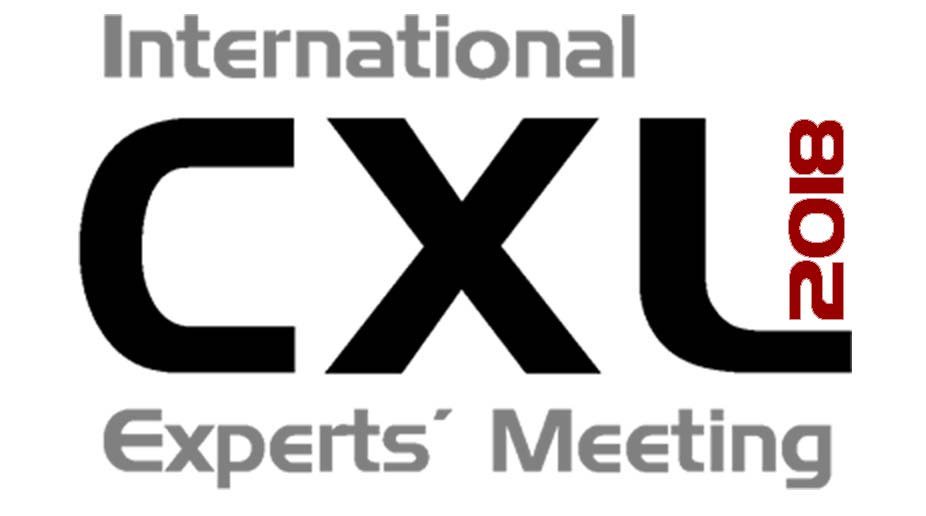Early term results of the stress-strain index in patients with keratoconus submitted to corneal cross-linking
Lopes, B., Wang, J., Eliasy, A., Abass, A., Elsheikh, A.
International CXL Experts Meeting
Zurich, Switzerland, December 2019
Purpose
To test the early term effect of corneal cross-linking (CXL) on the stress-strain index (SSI) in patients with keratoconus.
Materials and Methods
Medical records of 31 patients undergoing CXL were retrospectively evaluated before and at least 4 weeks after the procedure. All patients underwent complete ophthalmic examination including Corvis ST (OCULUS Optikgeräte GmbH; Wetzlar, Germany). The main outcome measures were SSI and other dynamic corneal response (DCR) parameters.
Results
The mean follow-up time was 53 ± 42 days (28 – 196). The SSI was significantly increased from 0.82 ± 0.17 at the postoperative to 0.91 ± 0.24 at the postoperative (p=0.002).Among the DCR parameters integrated inverse radius (IIR), time to reach the first aplannation (A1 time) and corneal deflection during this time (A1 Deflection) were significantly reduced (p<0.05). Central corneal thickness (CCT) was significantly reduced, -17.54 ± 15.17µm (p<0.001), while intraocular pressure estimates provided by the device, was significantly increased (1.03 ± 2.53mmHg, p=0.030), there was a smaller change in the biomechanically corrected intraocular pressure for soft corneas (bIOPs, 0.67 ± 1.27mmHg, p=0.004)
Conclusion
Corneal stiffening induced by crosslinking could be directly observed by means of SSI at the early postoperative of patients submitted to crosslinking

